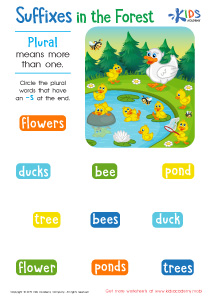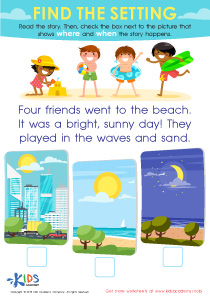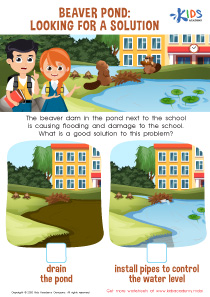Spatial awareness Easy Worksheets for Ages 3-6
3 filtered results
-
From - To
Unlock your child's potential with our "Spatial Awareness Easy Worksheets for Ages 3-6." Designed to develop critical skills like understanding shapes, patterns, and directions, these interactive activities make learning fun and engaging. Our worksheets are tailored for young minds, promoting hand-eye coordination, visual perception, and problem-solving abilities. With colorful illustrations and simple instructions, kids will navigate through puzzles, mazes, and matching games effortlessly. Equip your little ones with the foundational skills they need for academic success and everyday life. Start enhancing their spatial awareness today with our easy-to-use, downloadable worksheets!
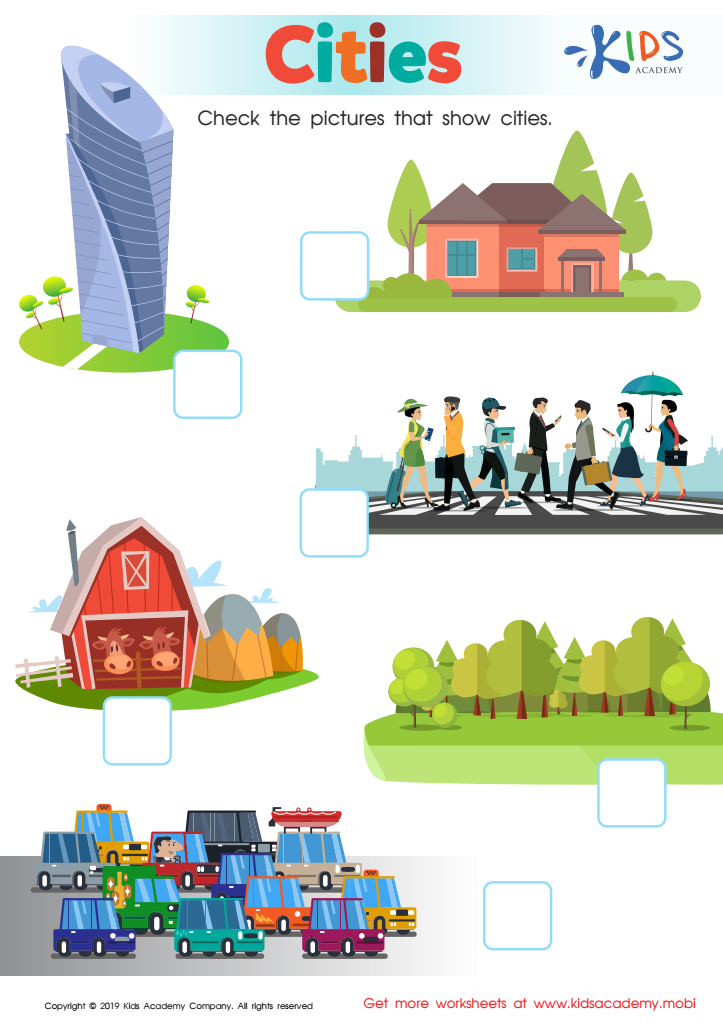

Cities Worksheet
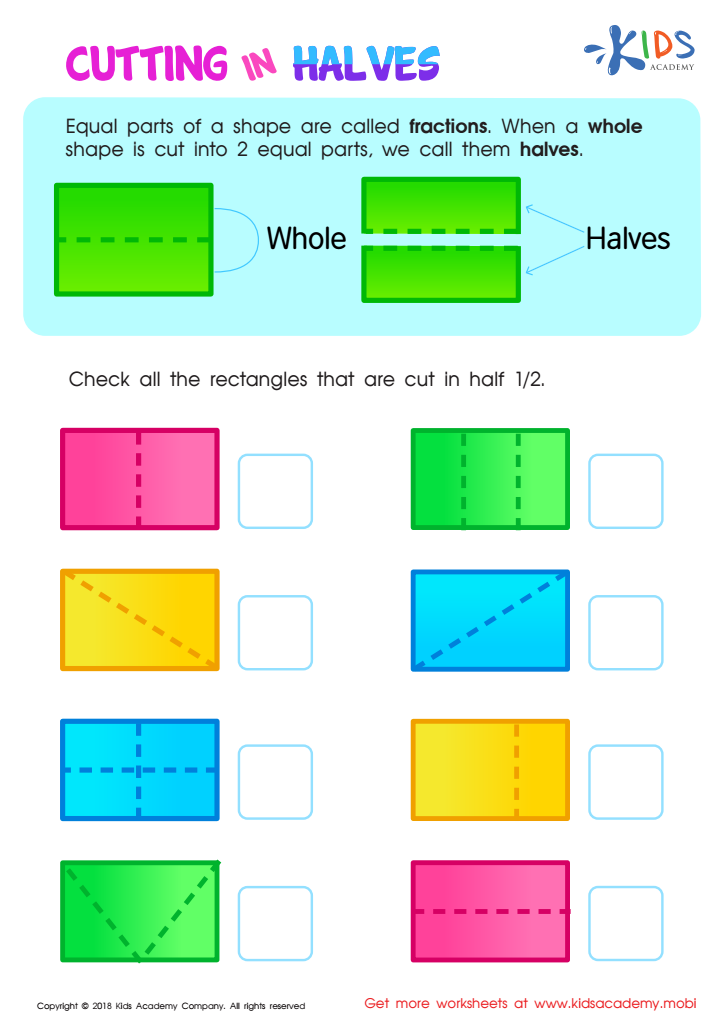

Cutting in Halves Worksheet
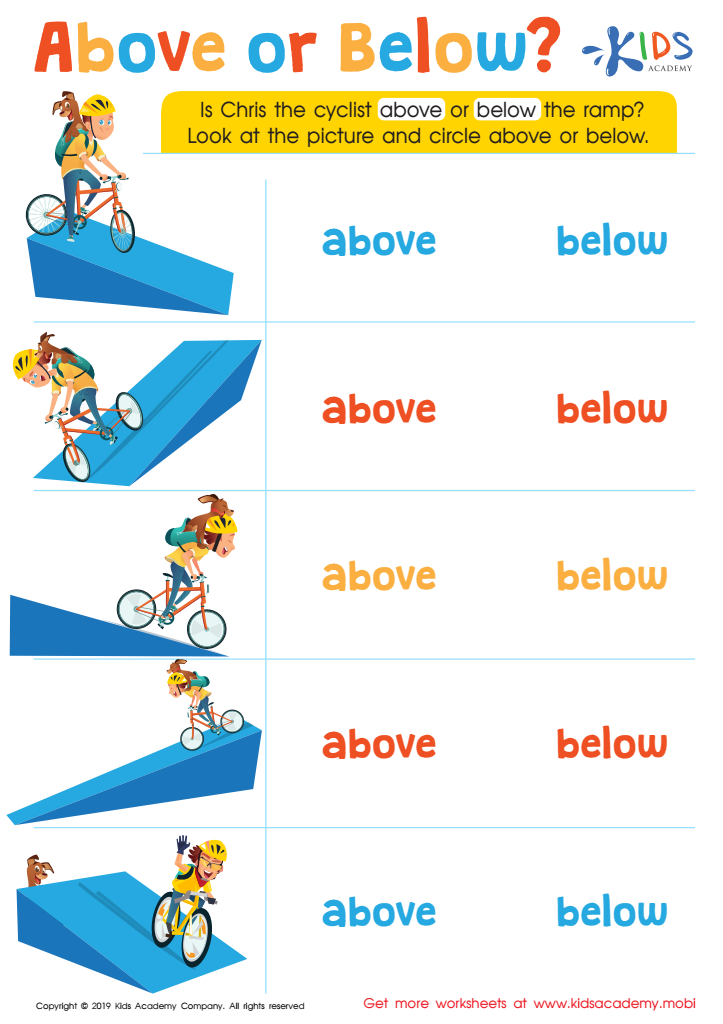

Above or Below? Worksheet
Spatial awareness is the ability to understand and interact with the space around us, and it is crucial for young children’s development. For children aged 3-6, strong spatial awareness is vital because it lays the foundation for academic and daily life skills.
Firstly, spatial awareness aids in the development of mathematical concepts. Understanding shapes, sizes, and spatial relationships helps children grasp geometry and other mathematical principles more easily. This fundamental knowledge can support their problem-solving abilities and encourage logical thinking.
Secondly, it improves physical coordination and safety. Recognizing how their bodies relate to other objects allows children to navigate their environment more effectively, enhancing their ability to play sports, complete puzzles, and avoid obstacles. Enhanced motor skills also lead to better performance in tasks requiring precise hand-eye coordination, such as writing and drawing.
Moreover, spatial awareness fosters social development. As children learn to regulate their own space and respect others', they develop social cues and improve their interpersonal relationships.
By focusing on activities that enhance spatial awareness, such as building blocks, drawing, and physical games, parents and teachers can nurture a child's cognitive and social skills in a fun and engaging manner, setting them up for future success in various aspects of their lives.
 Assign to My Students
Assign to My Students




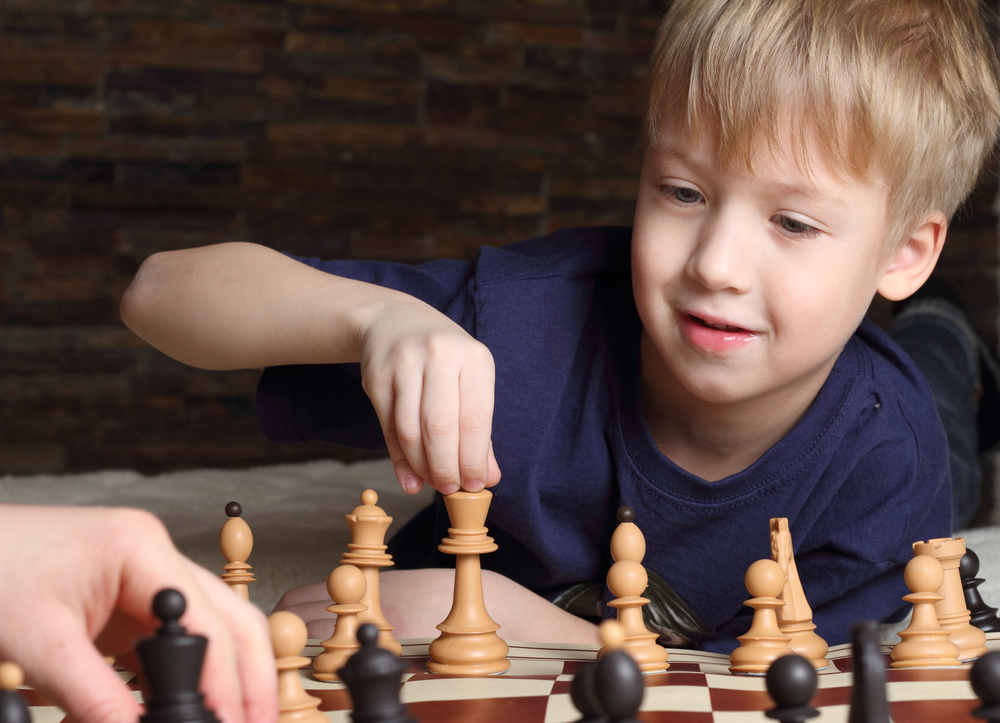

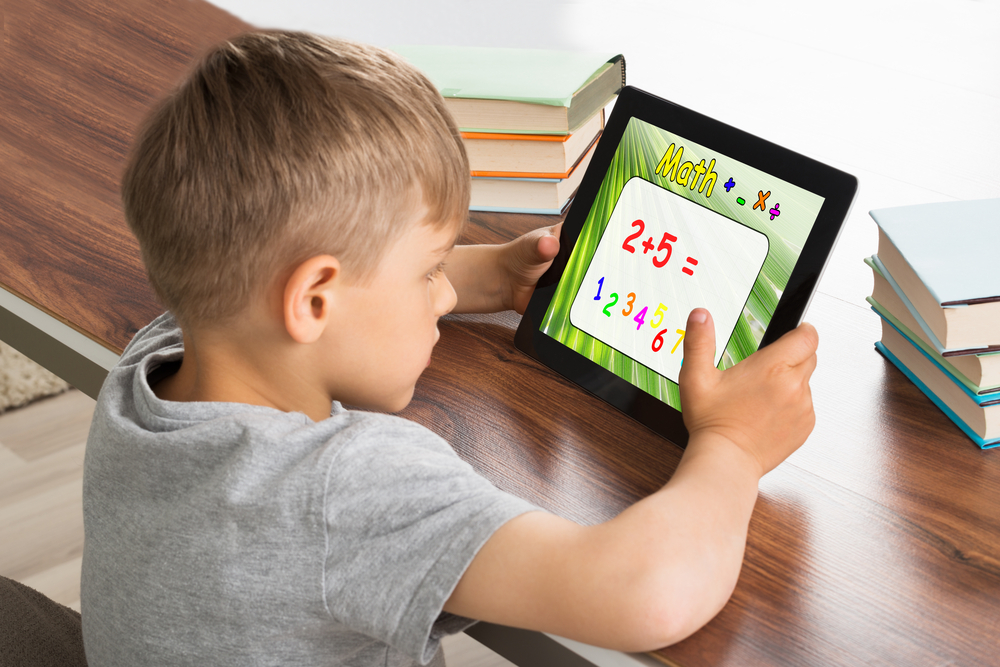
.jpg)




